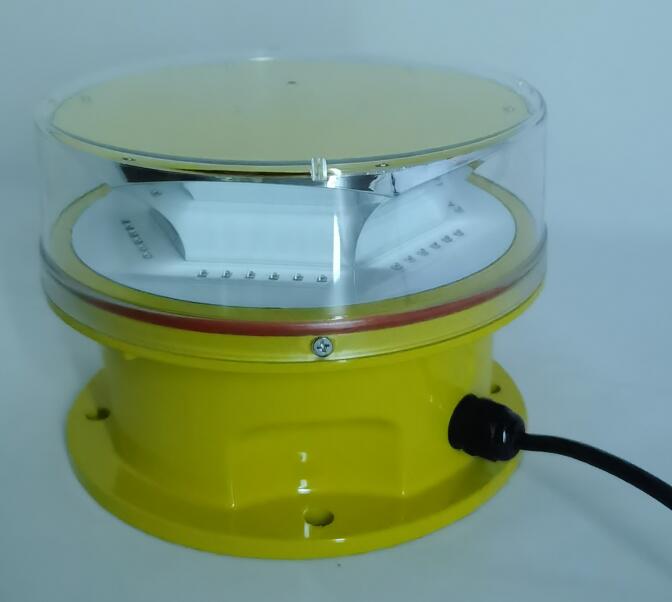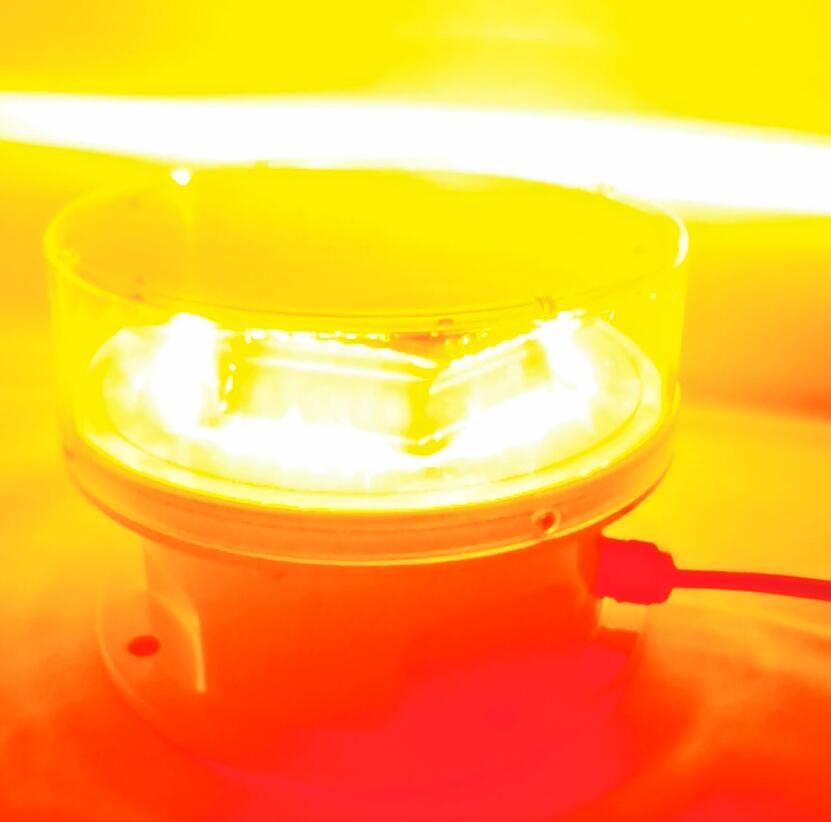Posted: 2024-08-15
FAA obstruction lighting is a crucial element in maintaining the safety and efficiency of the aviation industry. This specialized form of lighting serves as a vital safeguard, alerting pilots to potential hazards in the airspace.
The Federal Aviation Administration (FAA) is entrusted with the responsibility of regulating and overseeing all aspects of civil aviation in the United States. One of its key tasks is to ensure that any structures or objects that could pose a threat to aircraft are appropriately marked and illuminated. This is where FAA obstruction lighting comes into play.

Obstructions can take many forms, such as tall buildings, communication towers, wind turbines, and even mountains. These objects can be difficult to spot, especially during poor weather conditions or at night. FAA obstruction lighting is designed to make these potential hazards clearly visible to pilots, giving them sufficient time to take evasive action if necessary.
| fvb | 56 |
| 2000 | frt |
The standards and requirements for FAA obstruction lighting are highly specific and based on a number of factors. The height of the obstruction is a significant consideration. Generally, taller obstructions require more intense and visible lighting. The location of the obstruction is also important. If it is located near an airport or in a busy flight path, the lighting requirements will be more stringent to ensure maximum visibility.
The types of lights used for FAA obstruction lighting typically include steady-burning lights, flashing lights, or a combination of both. The color of the lights is often red, as it is highly visible and distinct in the aviation environment. The intensity and frequency of the flashing, as well as the angle and distribution of the light, are all carefully regulated to provide optimal visibility from different directions and distances.

The installation of FAA obstruction lighting is a complex process that requires expert knowledge and precision. The lights must be strategically placed on the obstruction to ensure they are visible from all potential approaches. The electrical systems and power sources must be reliable and capable of withstanding various environmental conditions. In addition, backup power supplies are often required to ensure the lights remain operational in the event of a power outage.
Maintenance of FAA obstruction lighting is equally critical. Regular inspections are necessary to check for any damaged or malfunctioning lights, as well as to ensure the integrity of the electrical systems and connections. Any issues identified must be promptly addressed to ensure the continued effectiveness of the lighting. Failure to maintain the lighting properly can lead to serious safety risks and potential violations of FAA regulations.
To illustrate the importance of FAA obstruction lighting, consider a situation where a tall tower is not equipped with the required lighting. A pilot approaching the area at night or in foggy conditions may not be able to see the tower until it is too late, potentially resulting in a disastrous collision. On the other hand, when the tower is properly illuminated with FAA-compliant obstruction lighting, the pilot is able to identify the hazard from a safe distance and take appropriate measures to avoid it.
In recent years, technological advancements have led to improvements in FAA obstruction lighting. LED lights, for example, have become more common due to their energy efficiency, longer lifespan, and enhanced visibility. Additionally, remote monitoring and control systems have made it easier to keep track of the status of the lighting and to perform maintenance tasks more efficiently.
FAA obstruction lighting is an essential component of aviation safety. It requires strict adherence to regulations, precise installation, and diligent maintenance to ensure that it functions effectively. By providing clear and visible warnings of potential obstructions, it helps protect the lives of passengers and crew, and contributes to the smooth and safe operation of the aviation system. As the aviation industry continues to grow and evolve, the importance of reliable FAA obstruction lighting will only increase.